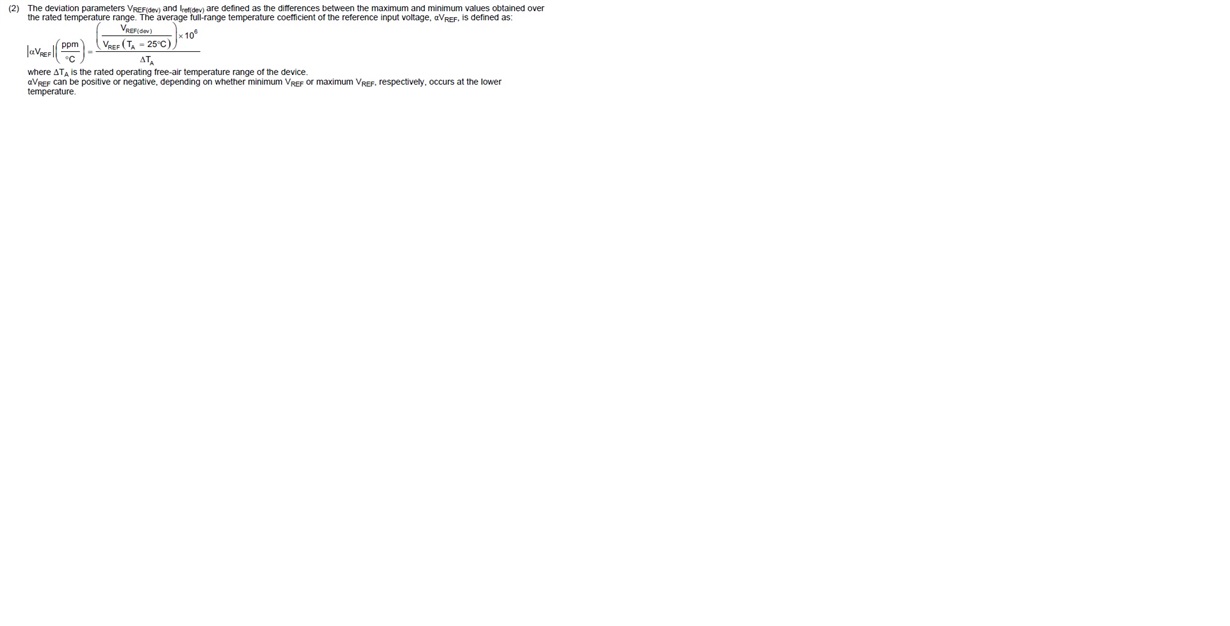Other Parts Discussed in Thread: TLVH431
Could you please explain that what is the Vref range of TLVH431B?
I am wondering now that the first Vref has said that the range is 1.224V to 1.259V at TA=Tlow to Thigh,
Why the next delta Vref is 20mV at Ta=Tlow to Thigh?
Which result I should reference?
In addition, below shows the calculation formula.
My project application temp is 0-50℃,
But the Vref tolerance is a little bigger at full range ,and is over my design range,
So I need the 0-50℃ data,maybe it match my design range.
Could you help support to calculate the result and tell me how to calculate ? Please help.



